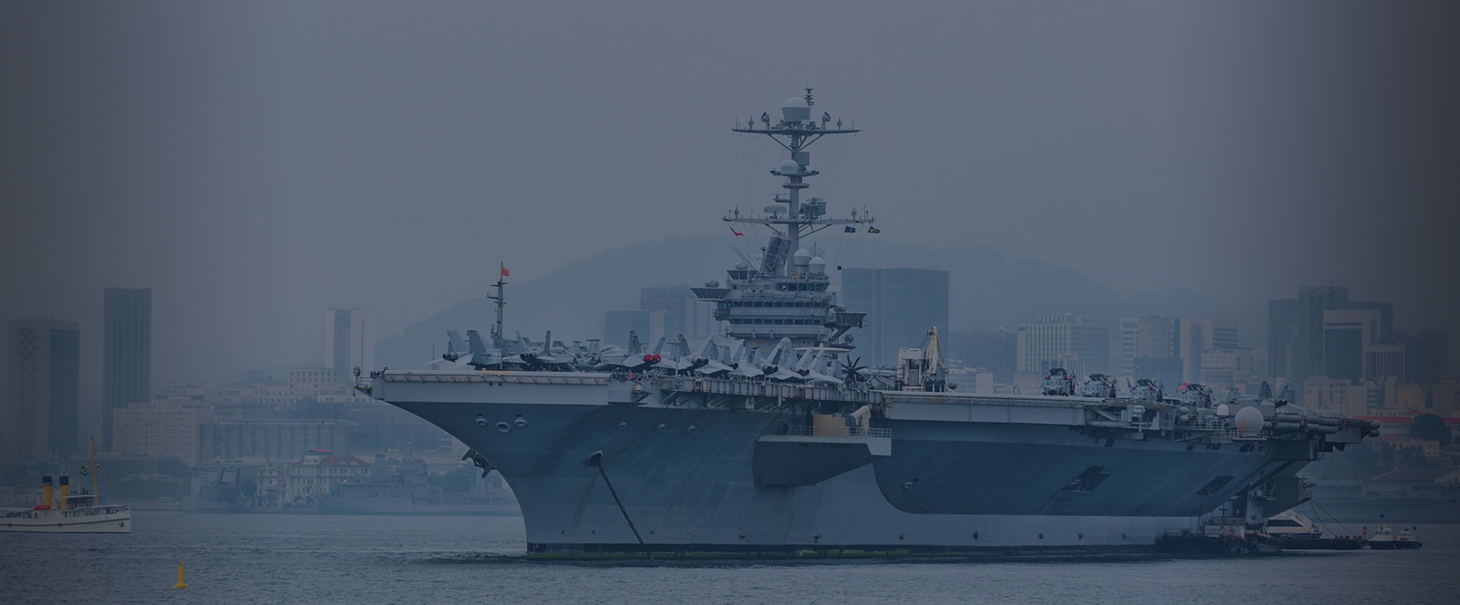The earthquake recently shaking the coast of Chile left relatively little physical damage in that nation but as always with cataclysmic episodes the psychological effects last long after the earth ceases to tremble. One important lesson learned by Chile, a nation that has used its recent prosperity to buttress itself against earthquakes and other natural calamities, is in preparing itself for bad economic times during good times.
After a long commodities-driven boom, as China rebalances its economy, the fate of Latin American economies depends largely on what each country has done in the meantime to improve its future potential performance. Like in a natural disaster, economic recovery after a bust is a function of the socio-economic system’s resilience and dynamism.
China’s Rebalance
In 2013, China, the world’s second largest economy and largest commodity importer, grew by 7.7 percent, overtaking the government’s projected 7.5 percent target. While still registering a respectful performance it is far from the fast paced double-digit growth of the past that generated a commodities export boom in Latin America.
China’s economy is facing a rebalancing. Despite its continued robust growth, the People’s Republic of China’s (PRC) $9 trillion GDP economy is still not a rich one. Per person income in China is only 13 percent of that of the United States, placing it behind Brazil and Mexico. And while in 2012 China’s savings rate amounted to an astounding 50 percent of GDP, this figure represents more than can be domestically invested. Also, investment capital is so plentiful that it has arguably led to malinvestments in property and infrastructure.
China’s current leadership is increasingly preoccupied with controlling the unbalanced structure and economic growth and has mounted efforts to curb excessive fixed asset investments and an overheated property market. The new government is focused on local debt supervision, liberalization of interest rates, increasing housing supplies, and industrial and technological consolidation. One major objective is to raise the low household consumption rate (36 percent of GDP in 2012).
Latin America Reacts
As China shifts toward increased domestic consumption, Latin America’s growth rates have also slowed down. The region’s average growth is at 2.6 percent, a considerable drop from an average of 4.3 percent between 2004-2011. Brazil, the single largest economy, will barely beat its 2013 growth rate of 2.3 percent. And Peru, a leader in GDP growth, is down to 5 percent in 2013 from its 2005 average of 7 percent. Some analysts suggest that the lower rates are being accepted as part of Latin America’s “new normal.”
One factor for the slow down is the drop in commodity prices. With the exception of petroleum and gas, commodity prices fell a full quarter from 2011 levels, with minerals leading the steep decline. While prices still remain above average over the last ten years concerns of slowing economic growth in China weigh negatively on the price of copper in 2013, for instance. Many analysts believe a further dip in expectations over Chinese growth could have a negative impact on commodity prices worldwide.
In an article in the March 29, 2013 issue of The Economist, Peru’s economy minister Miguel Castillo, argued that a further drop in China’s growth rate to below 7 percent, will make things progressively more difficult, but also adds that like Chile and Colombia, Peru “has scope to respond to fiscal and monetary measures.” This latter scope has been afforded by compliance with stable monetary policies, such as reducing debt, and greater openness to foreign and domestic free trade over the past decade.
Peru, along with Chile, Colombia and Mexico, is now part of the Pacific Alliance a trade pact focused on continued integration, free trade and access to the U.S. market. The Alliance partners are noticeable for lowering debts and tariffs, controlling inflation and a willingness to pursue market-oriented policies within a liberal democratic order. While much remains to be done in liberalizing these economies, despite political constraints, the respective governments have worked hard to promote opportunities and raise living standards.
In contrast, Argentina and the ALBA-allied countries have largely squandered the commodities’ boom through a combination of politically inspired social spending programs and protectionist trade policies. Instead of reforming freeing markets and lowering tariffs, these regimes advocate state-driven economic models. Venezuela, for example, has squandered its oil windfall of over $90 billion a year, amassing a fiscal deficit of 12.5 percent of GDP, resulting in decreased petroleum output, rampant inflation and a variety of deep-seated economic, social and political problems.
Brazil also uses its oil monopoly, the state-owned Petrobras, as a tool of government policy. Capping oil prices to fight inflation it now must import petroleum and diesel to meet rising demand while selling it at a loss totaling $21 billion in the last three years. Total Petrobrasproduction has stalled at 2m barrels a day (b/d) since 2011.
And while China has replaced the European Union as Brazil’s second largest trade partner, relations remain lop-sided, with Brazil supplying raw materials and China selling manufactured goods. While Brazil sells iron ore to the PRC, for example, Brazil’s steel producers clamor for protective tariffs on cheaper Chinese steel imports.
The U.S. Draws Back
Another factor affecting Latin America’s economies is a revolution in energy production affecting U.S. demand for energy abroad. Increased flow of Canadian oil and rising oil sands production have meant a significant decline in U.S. imports of Mexican and Venezuelan petroleum. According to Bloomberg, Venezuelan oils sales to the U.S. are at a 28-year low and its crude oil sales to China are netting less than its U.S. sales. Technical advances in shale production have greatly increased U.S. natural gas output, putting a further squeeze on commodity prices.
Furthermore, the U.S. Federal Reserve’s tapering off its quantitative easing policies is also having an impact on Latin America. As dollars seeking better returns flowed into emerging markets, credit financing became cheaper, and countries like Brazil used it to boost consumer spending. Using fiscal stimulus to offset the effects of the financial crisis of 2008-2009, many countries failed to tighten fiscal policy after the worst part of the crisis. Now as the tap is turned off some nations face difficult choices. Currency devaluations to promote exports will lead to higher inflation reducing domestic purchasing power.
None of this is news. In fact, for over a decade prudent economists suggested that a commodity boom in Latin America be used to consolidate and strengthen economic fundamentals, reforming labor and other markets, in short, to avail themselves of good times by providing for an uncertain future.
Economists often use the term “path dependence,” meaning that choices made in the past affect the choices available to us in the present and future. In Latin America it is easier to maintain commodity exports, since it is the traditional pattern, than to transition to new, more diversified and sustainable economic models. And yet, as we’ve argued previously in these pages, there are substantial opportunities for investments in Latin America’s future in areas such as software development, information technology and telecommunications, all areas of U.S. comparative advantage.
A few Latin American countries have begun to open their economies to free trade at home and abroad with a view to changing from one path to another. Increasingly resilient, diversified and dynamic economies generating ever-greater surpluses will result in higher-value trading partners for large economies like China and the U.S., in the process making themselves better equipped to withstand any future economic earthquakes, but only if the opportunity is seized in the present.
Read the original article at ChinaUSFocus.com.


 Fernando Menéndez
Fernando Menéndez